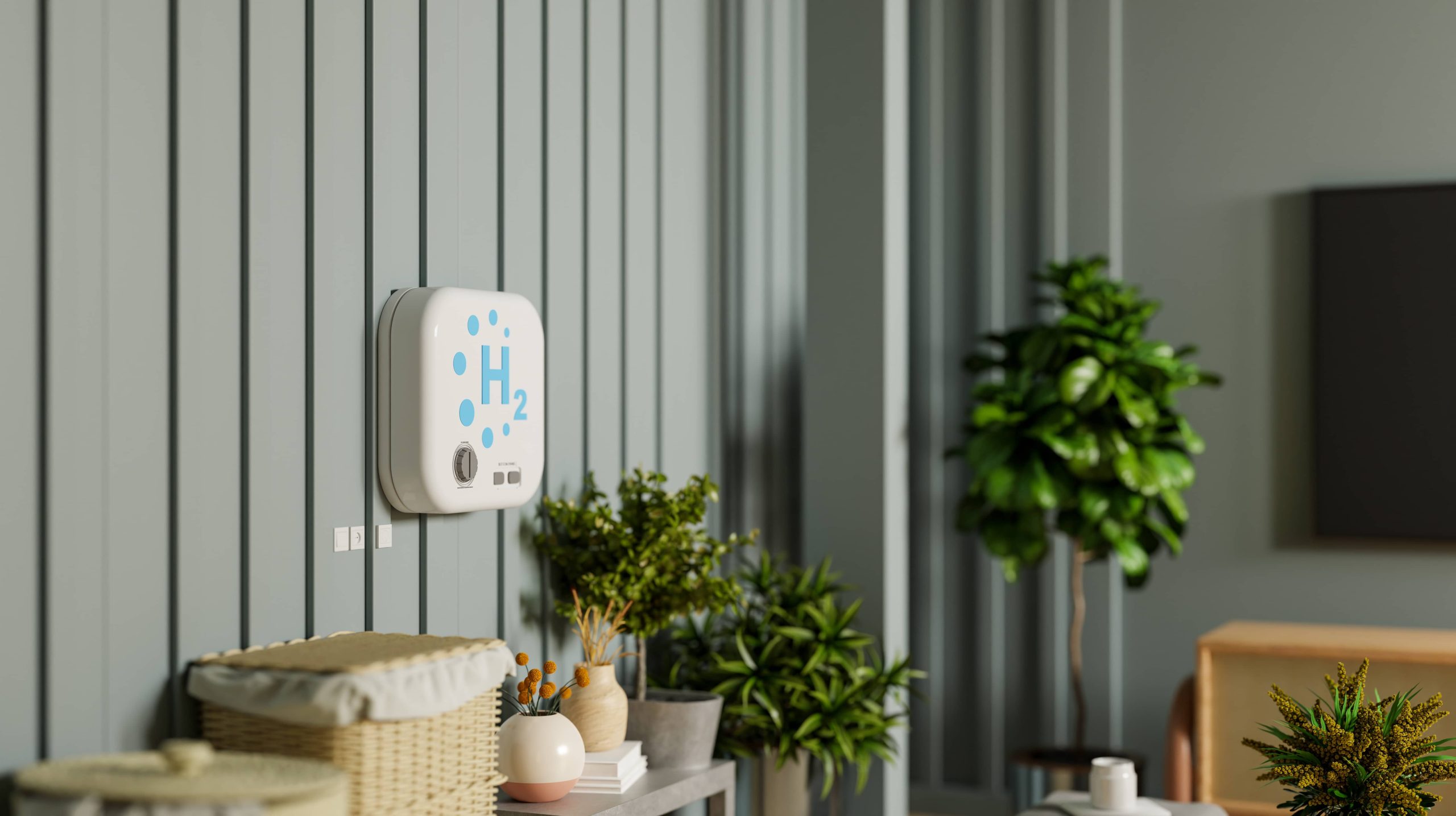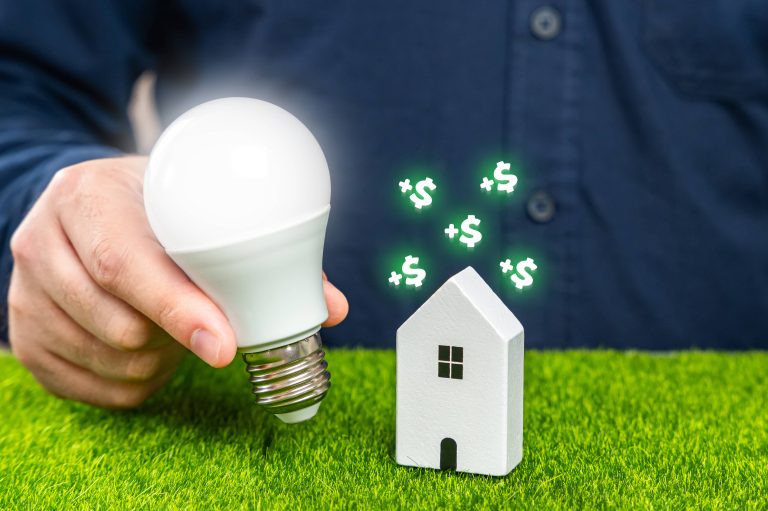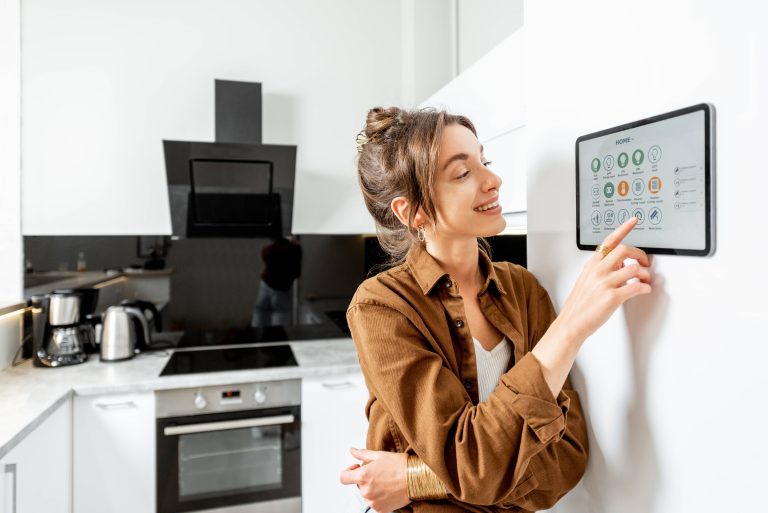
In the quest for energy efficiency and sustainability, automating your home’s heating and cooling system is a crucial and forward-thinking step. With the rise of smart home technology, it has never been easier to enhance comfort while simultaneously cutting down on energy consumption. In this blog post, we will delve into various steps you can take to automate your home’s heating and cooling system, ensuring that you live in both an efficient and environmentally friendly manner.
Step 1: Assess Your Needs
Before diving into the technologies available, it’s important to assess your specific needs. Take a look at your current heating and cooling systems. What are their capabilities? How often do you use them and during which times of the day? Do you have varying temperature needs in different rooms? Understanding your requirements will help you decide which smart devices and systems will best meet your needs.
Step 2: Choose the Right Smart Thermostat
A smart thermostat is the core component of any automated heating and cooling system. Several reputable brands such as Nest, Ecobee, and Honeywell offer products that boast a variety of features. When choosing a smart thermostat, consider:
– Ease of Use: Look for a user-friendly interface that can be easily managed through a smartphone app.
– Compatibility: Ensure compatibility with your current HVAC system.
– Learning Capabilities: Some smart thermostats can learn your habits over time and adjust the temperature accordingly.
– Remote Access: The ability to control the system remotely ensures you can make adjustments from anywhere.
– Integration: Choose one that integrates seamlessly with other smart home devices you may have, such as smart lights or security systems.
Step 3: Install and Configure Your Smart Thermostat
Once you’ve chosen the right smart thermostat, installation is the next step. Most smart thermostats come with detailed instructions and customer support, but hiring a professional for installation can ensure everything is set up correctly. During the configuration process, you can set schedules based on your daily routines. For example, reduce heating or cooling during the hours you’re away from home and have the system reboot just before you return.
Step 4: Implement Smart Zoning
Smart zoning involves dividing your home into different zones that can be heated or cooled independently. This is particularly useful for large homes where temperature needs may differ significantly across rooms. Using smart thermostats along with smart vents, you can control the temperature in each zone according to its specific use. For example, keep the living room cooler than the bedroom during the night to save energy.
Step 5: Integrate with Other Smart Devices
Integration is key to creating an efficient smart home ecosystem. Partner your smart thermostat with other devices such as smart windows, blinds, and sensors. For instance, smart blinds can be programmed to open and close based on the position of the sun, thus reducing the need for heating and cooling. Smart sensors can detect motion, temperature, and occupancy, allowing your system to adjust on-the-go, providing optimal comfort while minimizing energy usage.
Step 6: Use Weather Data and Geofencing
Advanced smart home systems can integrate with weather services to make real-time adjustments. For instance, if a cold front is anticipated, the system can preemptively warm your home. Geofencing is another useful feature that uses GPS to track when you’re approaching home or leaving. The system can then adjust temperatures accordingly, ensuring it’s comfortable upon arrival and conserving energy when you’re away.
Step 7: Set Up Routines and Automations
Most smart thermostats and home automation systems allow you to set up routines and automations. Routines can be based on times of the day, your habits, or specific triggers. For example, you can create a morning routine where the thermostat starts preheating the house 30 minutes before you wake up, or you can set evening automations where the system cools down the home as you wind down for the night.
Step 8: Monitor and Optimize
Once your system is up and running, it’s crucial to regularly monitor its performance and make necessary tweaks. Most smart thermostats provide energy reports, showing your usage patterns and offering suggestions for improvement. Keep an eye on these reports and adjust your settings to further enhance energy efficiency.
Step 9: Explore Renewable Energy Options
If you’re serious about sustainability, consider integrating renewable energy sources such as solar panels with your home’s heating and cooling system. Many smart thermostats can be paired with solar energy systems to prioritize using clean energy when available, further reducing your carbon footprint.
Conclusion
Automating your home’s heating and cooling system is an excellent way to boost energy efficiency and contribute to sustainability. By following these steps—understanding your needs, choosing the right devices, setting up smart zones, integrating with other smart devices, utilizing weather data and geofencing, setting up routines, monitoring and optimizing, and considering renewable energy—you can create a comfortable, cost-effective, and environmentally friendly home. Embrace these advancements in smart home technology and take a proactive role in energy conservation today.







